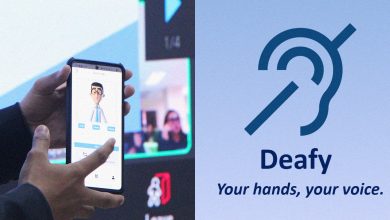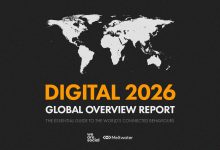MANILA – With the growth of mobile readiness in Southeast Asia, Komli Media has launched mobile remarketing capabilities for its Remarketing Demand Side Platform (RDSP).
“Anywhere between 20 and 50 percent of the traffic comes from mobile,” Ashwin Puri, Komli’s VP for Remarketing & Mobile told adobo.
Puri added that 20 to 30 percent of transactions come from mobile. “People are actually transacting, buying things on their phones. And this is across mobile, web, and apps,” he said, citing data gathered from a survey of marketers across India and Southeast Asia.
“They also want to now remarket to the user while they’re on the phone. Because if half the people are buying stuff on their phone anyway, then you want to be able to remarket,” he said.
In a whitepaper titled ‘Mobile Remarketing Challenges and Opportunities’, Komli revealed insights on mobile readiness in the region. Among its findings were that 60 percent of marketers who don’t have an app plan to build one in the next six to 12 months.
Mobile will be huge in the Philippines, Puri said, citing the shift to mobile-friendly websites, higher and more affordable data speeds, and the smartphone penetration in the country.
Samir Ahmed, Sales Director at Komli Network Philippines, said people are less inclined to purchase new desktop or laptop devices, choosing instead to focus on smartphones, feature phones, and tablets. “If you’re looking at year on year growth especially the last two years, I think you’ll see a massive uptake in the next year,” Ahmed said.
With the launch of mobile remarketing, the RDSP allows retargeting on the internet, the desktop, as well as mobile devices.
Launched last February, the RDSP enables customers to create remarketing scenarios on a self-serve platform.
Noting that the big e-commerce or travel companies tend to take the platforms for digital media spend such as search or social in-house, Puri said they believe remarketing is going in the same direction.
“So we have built this platform that customers can take in-house. We help them set it up and start seeing transactions, but then they move it in-house,” he said.
Puri explained that by gathering analytics based on user behaviour, the platform allows marketers to push the right products through dynamic creative optimisation, or ads that are built in real time.
However, not all remarketing campaigns are executed in real-time, and will depend on the nature of the consumer’s browsing history. “If you’re looking to buy a ticket to Cebu three months from now because it’s a holiday, then there’s no need to target you immediately. But if you’re looking to buy a pair of shoes, that coincides with your birthday, then we know there’s a time, you’re going to buy something. so there’s an urgency,” he said.
While remarketing allows advertisers to track a user while online, Puri noted that analytics are based purely on publicly available information. Also, ads are only shown up to a certain point. “The intent is really to, not really invade on the privacy, but to actually bring you value,” Puri said.
Komli’s mobile remarketing models combine its proprietary audience segmentation techniques with a deep understanding of mobile user behaviour. “There’s a lot of more technology-specific features coming in for this platform. The magic of a remarketing platform is these algorithms, that can take more and more insights about you as a consumer and show you the right ads,” said Puri.
There will also be more advanced features on mobile, he added. “I think for almost all the big e-commerce travel websites, in the next 12 to 18 months, more than half their business will be on mobile. So that really is the future,” he said.







